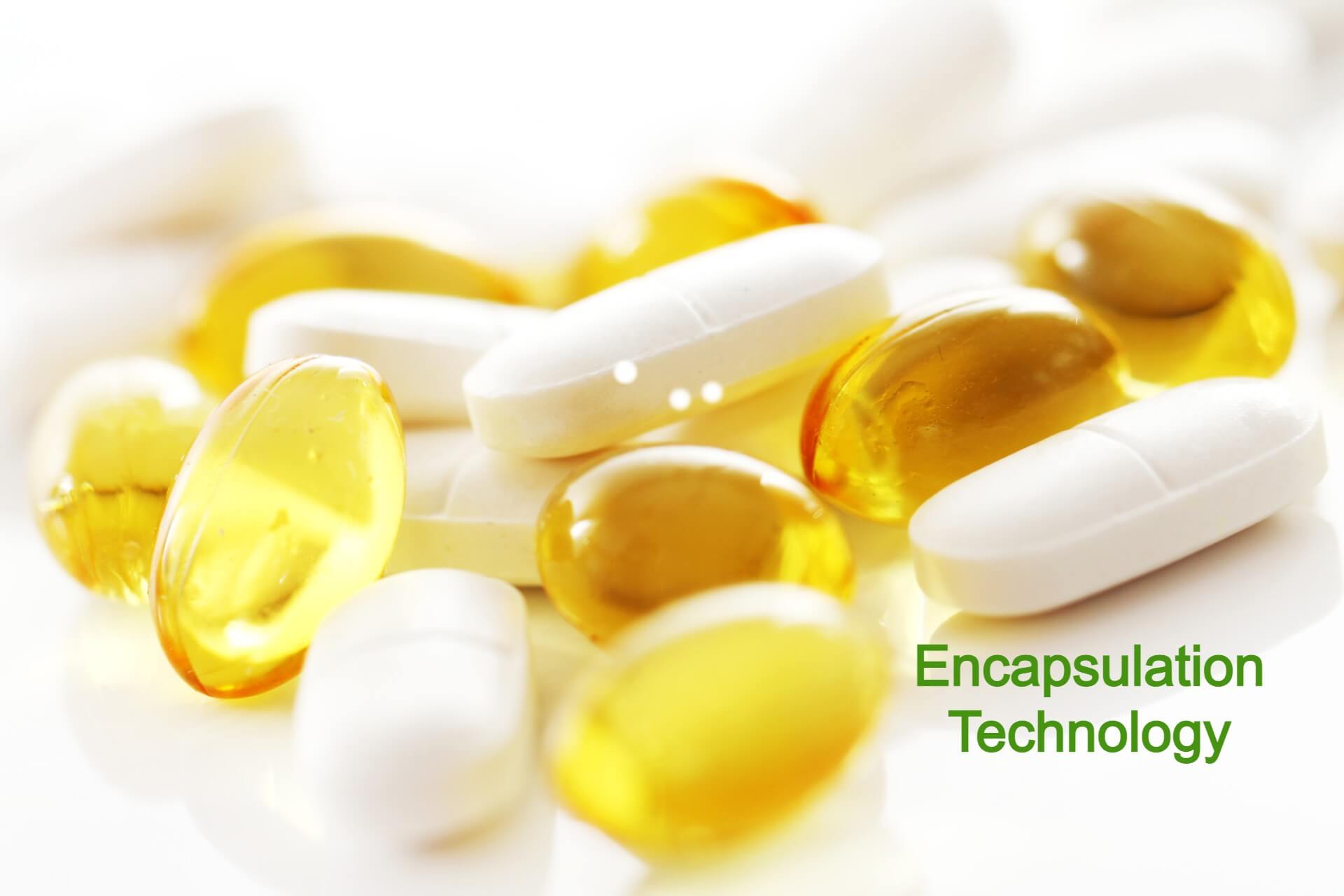Encapsulation Technology: One Technology With Tremendous Scope For Many Applications
Encapsulation is a method to encapsulate active molecules in a carrier material to benefit the final application of the encapsulated system. Although the characterization of the physical properties of encapsulated systems offers meaningful information, it is also helpful to predict and precisely design tailored encapsulation systems and operating conditions. This also includes stabilization of active compounds through the structuring of systems capable of preserving their chemical, physical, and biological properties, as well as their release or delivery under established or desired conditions. In the process of encapsulation, either one or the mixture of bioactive material is coated with another single or combination of materials.
NOTE: Your success in this technology is totally dependent on the correct choice of the wall material, the core release form and the encapsulation method.
In Cosmetics & Pharmaceuticals: Microencapsulation is finding increasing applications in cosmetics and personal care markets. Many cosmetics and personal care products contain biologically active substances that require encapsulation for increased stability of the active materials. Microencapsulation offers an ideal and unique carrier system for cosmetic active ingredients. The topical and transdermal delivery of active cosmetic ingredients requires effective, controlled and safe means of reaching the target site within the skin. Preservation of the active ingredients is also essential during formulation, storage and application of the final cosmetic product. The selection of the encapsulation technique and shell material depends on the final application of the product, considering physical and chemical stability, concentration, particle size, release mechanism and most important manufacturing costs.
Encapsulation can be achieved in many different ways and the shell or membrane of a capsule can be made of many different materials. It can be the flexible membrane of a liposome, consisting mainly of lecithin or a rigid membrane based on synthetic polymers. The polymer acts as a protective film, isolating the core and avoiding the effect of its inadequate exposure. This membrane dissolves itself through a specific stimulus, releasing the core in the ideal place or at the ideal time. Encapsulation should allow the core to be isolated from the external environment until release is desired. Therefore, the release at the appropriate time and place is an extremely important property in the encapsulation process. The main mechanisms involved in the core release are diffusion, degradation, use of solvent, pH, temperature and pressure.
In the Food Industry: Applications for this technique have increased in the food industry since the encapsulated materials can be protected from moisture, heat or other extreme conditions, thus enhancing their stability and maintaining viability. Here process of encapsulation is to entrap active agents within a carrier material and it is a useful tool to improve delivery of bioactive molecules and living cells into foods. Materials used for design of protective shells of encapsulates must be food-grade, biodegradable and able to form a barrier between the internal phase and its surroundings. Among all materials, the most widely used for encapsulation in food applications are polysaccharides. Proteins and lipids are also appropriate for encapsulation. There are a number of reasons why to employ an encapsulation technology in food applications including:
- Providing barriers between sensitive bioactive materials and the environment.
- Provide improved stability in final products and during processing.
- Prevent reactions with other components in food products such as oxygen or water.
- Stabilize food ingredients or increase their bioavailability.
Food encapsulation has empowered food & beverage manufacturers to overcome the challenges associated with colour, taste, nutrition, and food preservation. Advantages offered by encapsulation are propelling the business expansion and inclination towards increasing the application of encapsulation in varied products to gain competitive advantage.
ENCAPSULATION METHODS
The choice of the most suitable method depends on the type of core, the application for the microcapsule, the size of the particles required, the physical and chemical properties of the core and the wall, the release mechanism required, the production scale and the cost. Some common methods include:
Spray drying: The spray drying technique is the most common microencapsulation method, has been used for decades to encapsulate mainly flavors, lipids, and pigments, but its use in thermo-sensitive products, such as microorganisms and essential oils, can be limited because of the required high temperature.
Spray Cooling: Spray cooling microencapsulation is considered the cheapest encapsulation technology by employing lower temperatures and with a high potential for scale-up. However, microparticles can present some disadvantages, including low encapsulation capacity and the expulsion of the core during storage.
Extrusion: The main advantage of this process is the very long shelf life of flavor compounds due to the provision of an almost impermeable barrier against oxygen.
Coacervation: It is a relatively simple, low-cost process that does not require high temperatures or organic solvents. It is typically used to encapsulate flavor oils. One of the main disadvantages of the coacervation is that occurs only within limited ranges of pH, colloid concentrations and/or electrolyte concentrations
Lyophilization: This method provides excellent quality products because it minimizes the changes associated with high temperature, it is widely used in essences or flavorings. However, its high cost and long process time undermine its commercial applicability.
Emulsification: Frequently used because of the simplicity of the procedures involved in producing the particle and the choice of the components of the formulation and preparation conditions. Emulsification has been used to encapsulate mainly enzymes, minerals, vitamins and microorganisms.
Forthcoming Developments: Increasing demand and developments in innovations in wide products from different areas, and studies have shown an enormous potential for encapsulation. Many big companies are investing huge amounts in research and development to identify and develop new wall materials and to improve and optimize the existing methods of encapsulation for the better use of microencapsulation and its potential applications.
Checkout this experts recommended training: High-Performance Natural Cosmetics: Ingredient Selection, Formulation, Evaluation, Claims and Regulations

